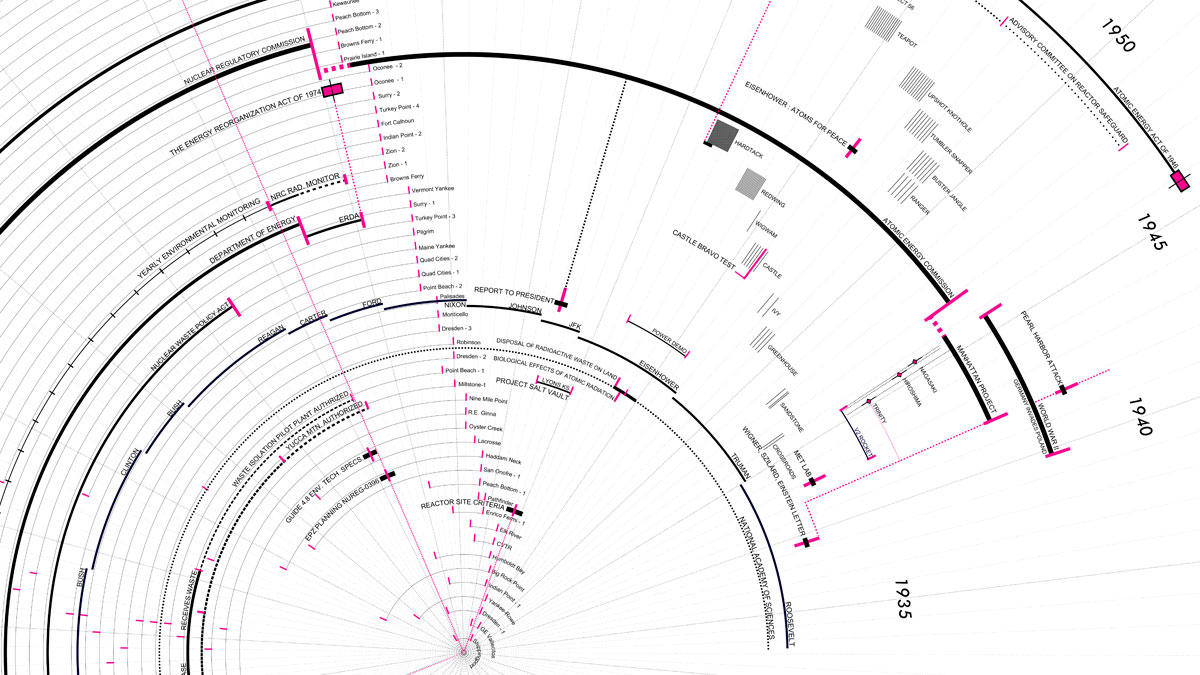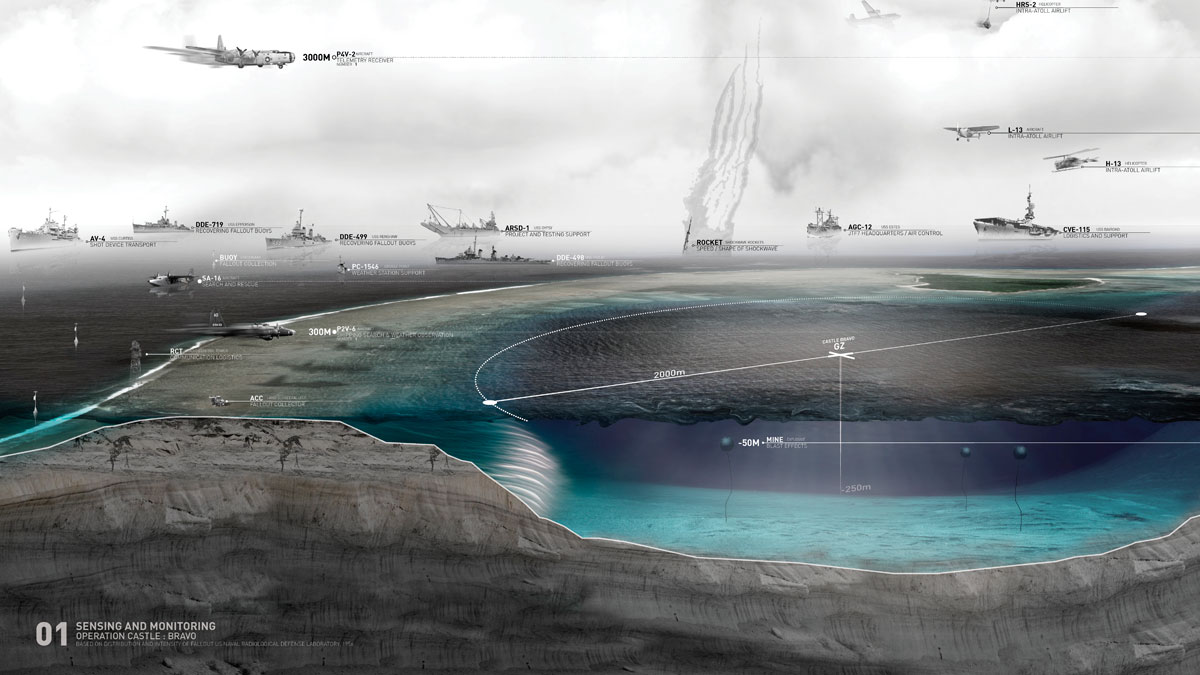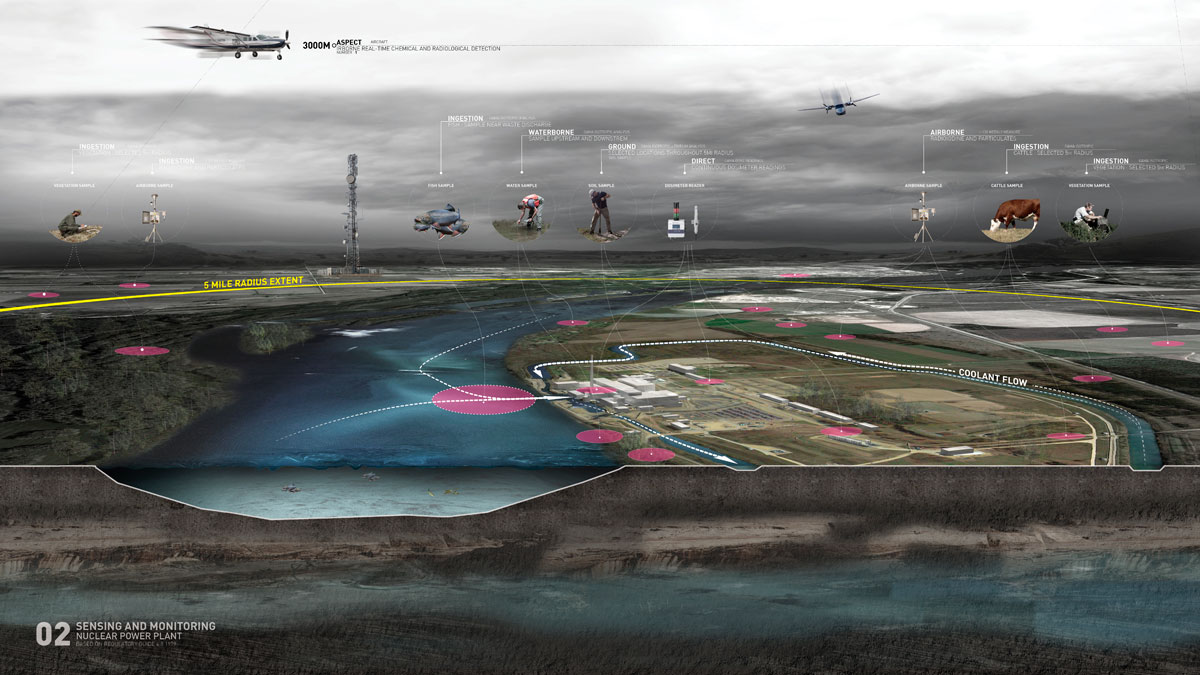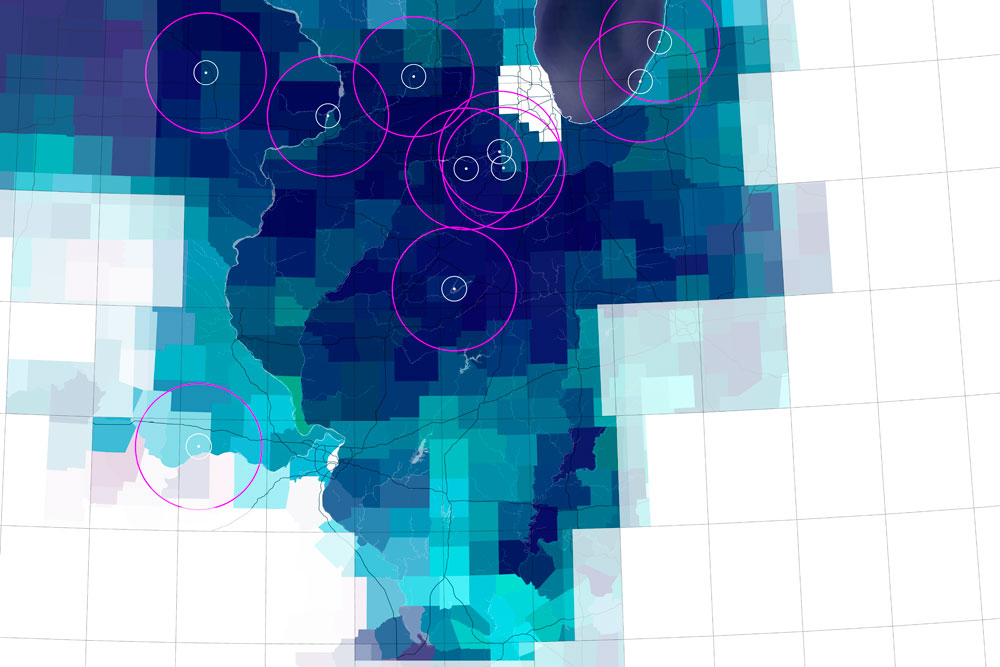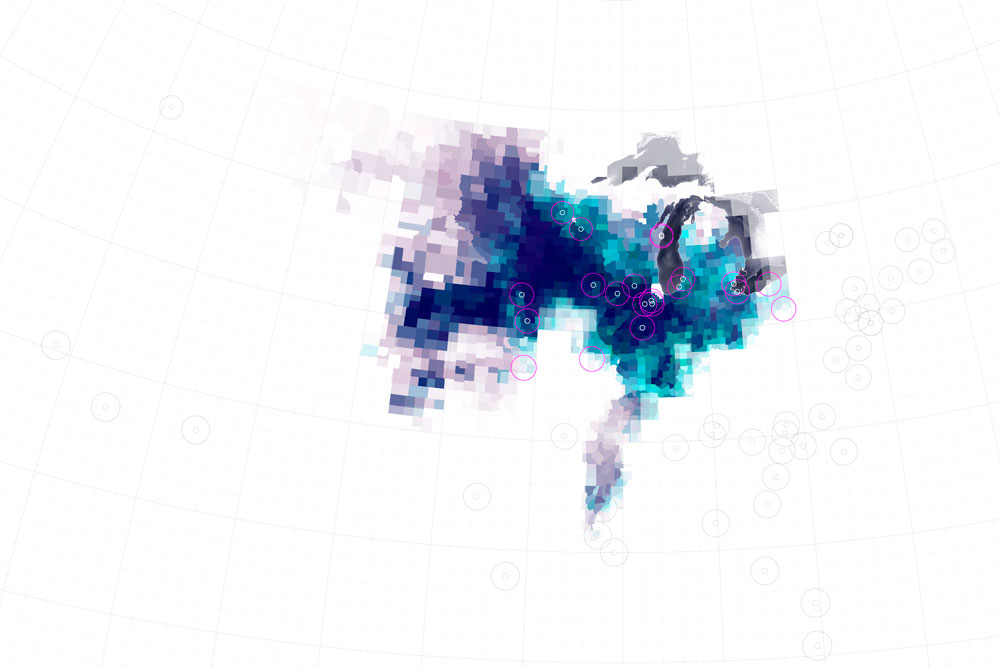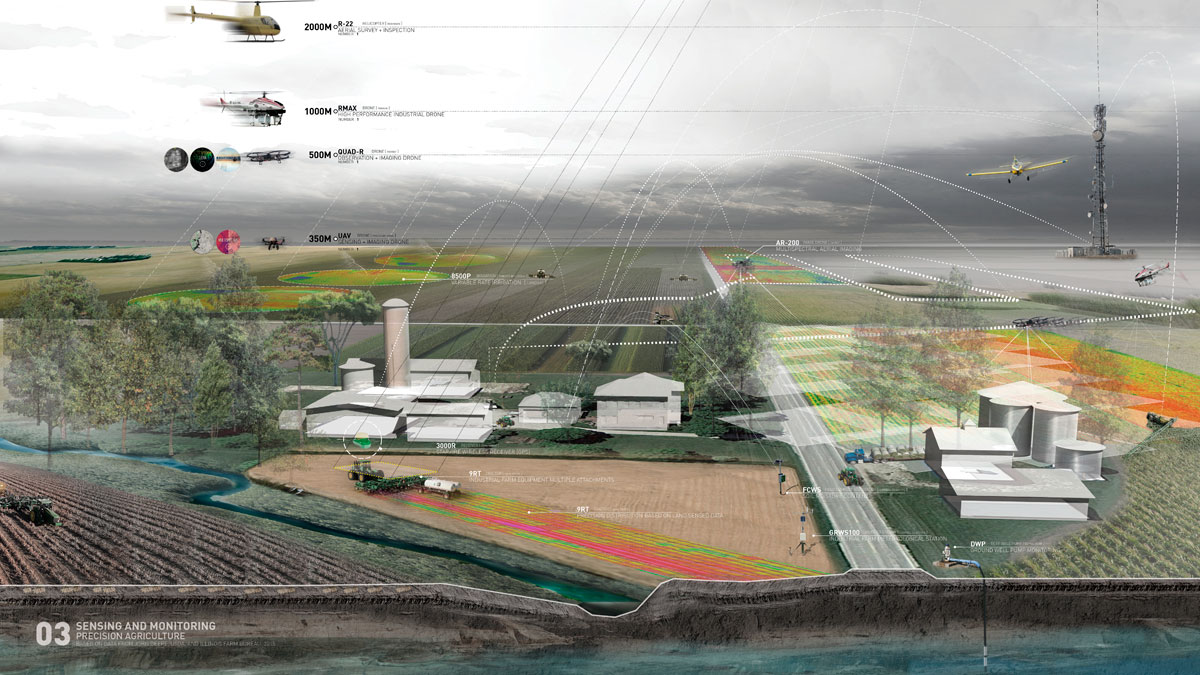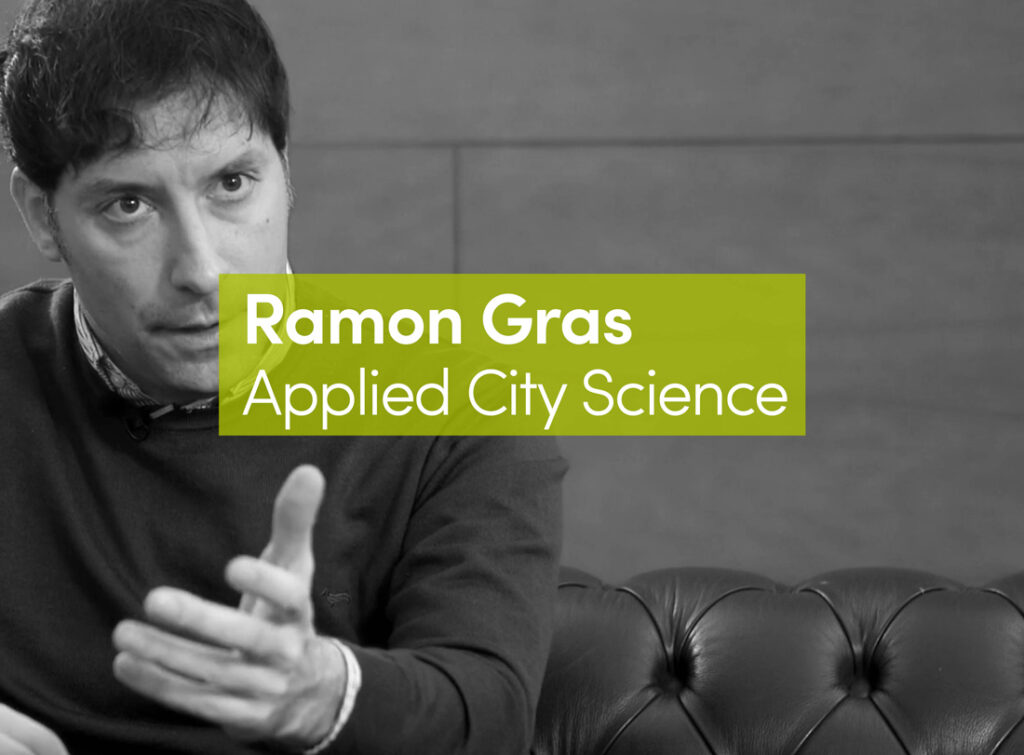The 2011 earthquake and tsunami that hit Fukishima Diachii Nuclear Power Plant disabled and ultimately crippled the nuclear power reactors. With reactor vessels and containment structures breached, massive amounts of radioactive material, such as Cesium 137, were released into the atmosphere spreading as far as the western coast of the United States. Displacing nearly 300000 people and rendering 30 sq km of land uninhabitable, this incident brought to the forefront the volatility of nuclear power reactor accidents and arose questions about how to plan and design for such massive breaches of radioactive containment. [1]
At the time of the incident, the then Chairman of the United States Nuclear Regulatory Commission Chairman, Gregory Jaczko, recommended that all Americans within 50 miles of the reactor evacuate the area immediately. [2] Why 50 miles? What is driving this radius number? Once radioactive containment is breached, radioactive fallout is driven by atmospheric and wind conditions, rendering ideas of Euclidian radial distance measurements ineffective. This thesis probes these issues by investigating the regulatory frameworks and history of nuclear power siting plants in the United States, as well as the history of this so called í50 mile radiusí. Rather than viewing radioactive containment as a situation to be regulated from a top down approach, this thesis probes and examines new planning and design potentials for a ëground upí radioactive containment breach scenario.
This thesis represents an overlap of what you might call the hinterland and nuclear power plants. Or the co-occurrence of agricultural land and nuclear power plants. They both have similar locational constraints. We desire them to be within a reasonable distance to population centers to serve them, but they have spatial requirements that keep them remote. Nuclear power plants are part of what might be called a metabolic hinterland. Can we imagine agriculture as a type of sensing monitoring and response system? Can this co-occurrence of nuclear power plants and agriculture be productively imagined in a new model of planning? As a test case how could this play out?
